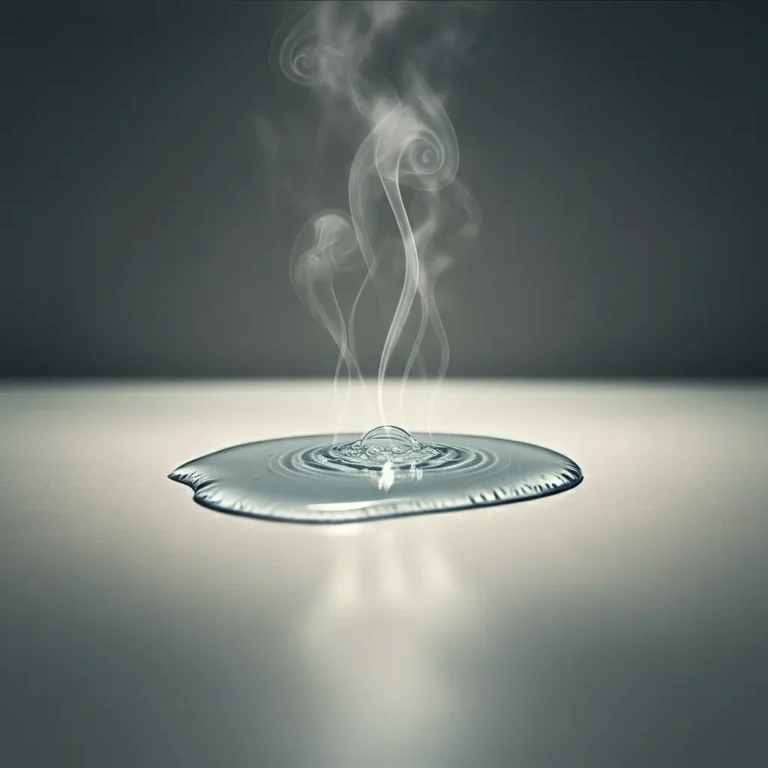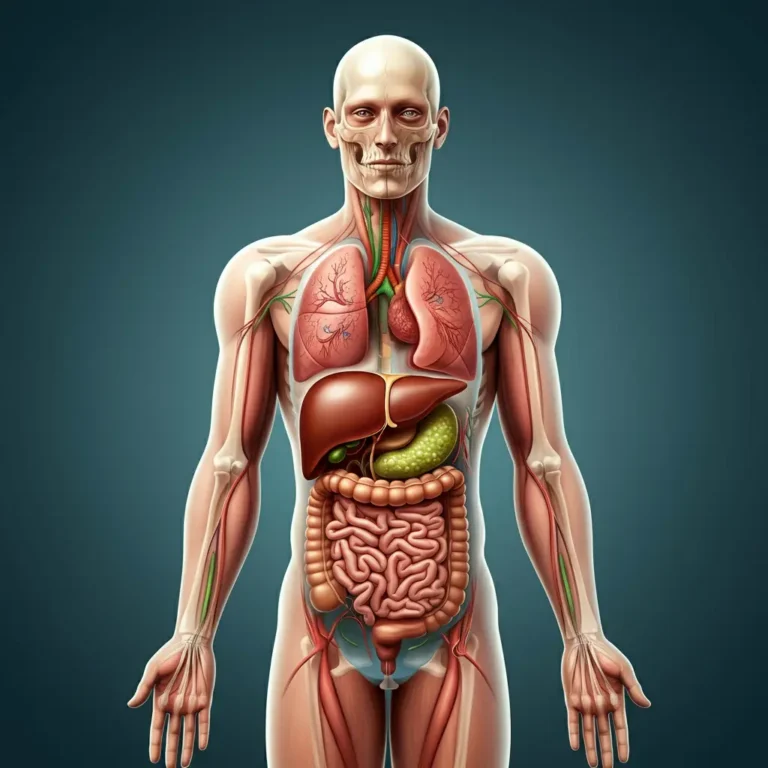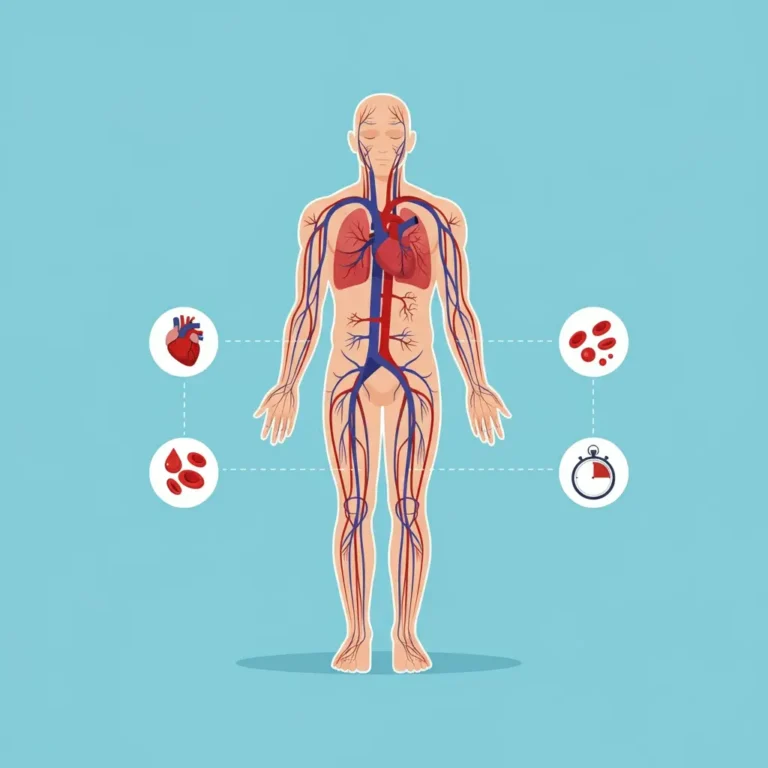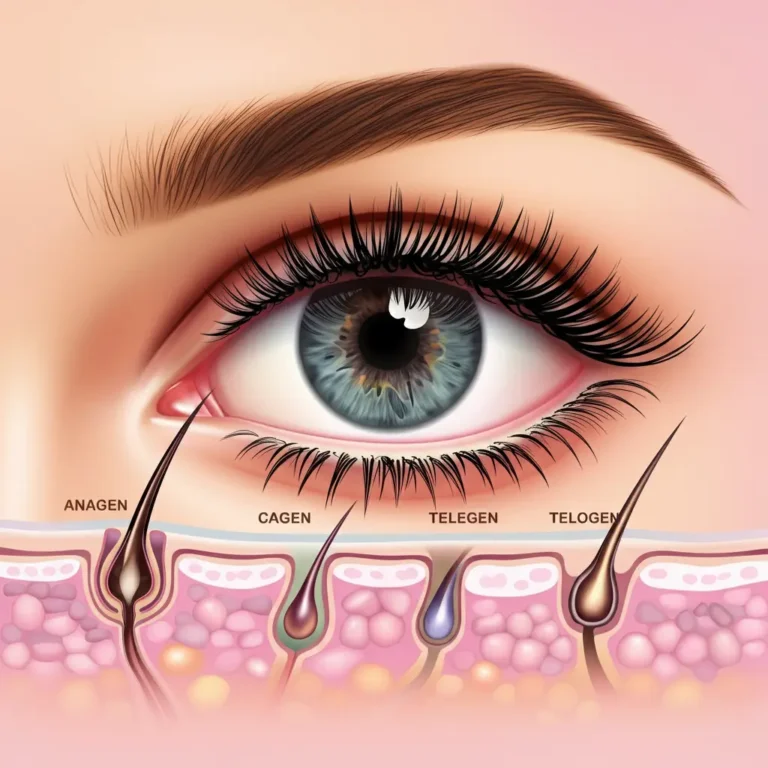How Long Does It Take for an Ear Infection to Heal with Antibiotics?
Ear infections are common, especially among children, but they can also appear in adults. If you’ve been diagnosed with an ear infection, one of the first questions you might ask is how long it will take to recover, especially if antibiotics are part of your treatment plan. Understanding this timeline involves recognizing the different types of ear infections, factors that affect recovery, and the course of effective treatment. Below, we provide a detailed, structured guide backed by reputable sources like Mayo Clinic, Johns Hopkins Medicine, and Prime Care of Georgia.
Table of Contents
Understanding Ear Infections and Their Types
Ear infections, medically referred to as otitis media, occur when the middle ear becomes inflamed due to bacterial or viral infections. This inflammation can lead to fluid buildup, causing pain, discomfort, or even hearing difficulties.
Common Types of Ear Infections
Acute Otitis Media (AOM):
- This is the most common type, marked by sudden symptoms such as ear pain and fever.
- It occurs when there is rapid inflammation and fluid buildup due to Infection.
- Otitis Media with Effusion (OME):
- Even after an infection resolves, fluid can remain trapped in the middle ear, leading to a sensation of fullness and sometimes hearing difficulties.
- Chronic Otitis Media with Effusion (COME):
- This occurs when fluid stays in the middle ear for an extended period or keeps returning without an active infection.
- It can be challenging to treat and may affect hearing over time.
By understanding these types, it’s easier to anticipate how long recovery might take depending on the Infection and the treatment used.
Factors Affecting Recovery Time
The timeline for ear infection recovery is not universal. Multiple factors can influence how quickly symptoms subside and when the Infection is entirely eradicated.
Age of the Patient:
Children, particularly those under 5 years old, often take longer to recover due to their developing immune systems and structural differences in their Eustachian tubes.
The severity of the Infection:
Mild infections may clear up faster, whereas more severe cases with significant inflammation and fluid buildup could take longer.
Type of Infection:
- Bacterial infections usually respond well to antibiotics, leading to faster symptom relief.
- Viral infections, on the other hand, need time to run their course and cannot be treated with antibiotics.
- Treatment Approach:
Whether you opt for antibiotics, home remedies, or a watch-and-wait strategy, the chosen treatment method impacts recovery time.
Immune System Health:
A strong immune system can fight infections more effectively, shortening recovery time.
Recurrent or Chronic Issues:
Those who experience repeated ear infections or have chronic fluid buildup may require more extensive treatment plans, impacting recovery speed.
Adherence to Treatment:
Completing the full course of prescribed antibiotics, even when symptoms improve, is crucial to ensure full recovery and prevent recurrences.
Typical Recovery Timelines with Antibiotics
When antibiotics are prescribed, they can significantly speed up recovery for bacterial ear infections. However, the timeline still varies based on the factors outlined above.
Acute Otitis Media (AOM)
- With Antibiotics:
Symptoms such as ear pain and fever often begin to improve within 24-48 hours of starting medication. Complete recovery typically occurs within 7-10 days.
- Without Antibiotics:
Many mild cases resolve on their own within 1-2 weeks, but symptoms may linger longer compared to cases treated with medication.
Otitis Media with Effusion (OME)
- Though symptoms may subside, fluid in the middle ear can persist for weeks or even months after the initial Infection has cleared.
- In many cases, no active treatment is needed, but hearing may be temporarily affected.
Chronic Otitis Media with Effusion (COME)
- Recovery often requires more intensive treatment, including surgical interventions like ear tubes, which can take weeks to months to resolve fully.
Treatment Options and Their Impact on Recovery
The treatment methods used for an ear infection can directly influence how quickly you recover.
Antibiotics
Antibiotics are the standard treatment for bacterial ear infections:
- They target and eliminate bacteria, causing inflammation.
- Symptom relief often begins within 24-48 hours, but it’s crucial to complete the prescribed course of 7-10 days to avoid recurrence or antibiotic resistance.
Pain Management
Over-the-counter pain relievers like acetaminophen or ibuprofen can ease discomfort and reduce fever. These medications make the healing process more comfortable but don’t shorten the infection timeline.
Watch-and-Wait
For mild cases, particularly in children over 2 years old, healthcare providers might recommend monitoring the Infection for up to 48 hours before starting antibiotics. This approach gives the body time to fight off the Infection naturally.
Ear Tubes
A procedure called myringotomy may be recommended for chronic or recurrent infections. Tiny tubes are placed in the eardrum to allow fluid to drain, reducing pressure and preventing future infections. Recovery from this procedure is usually quick, with most patients returning to daily activities within 1-2 days.
Complications and Extended Recovery Times
While most ear infections resolve without issue, some cases can lead to complications that prolong recovery.
Persistent Fluid in the Ear
- After the Infection clears, fluid may remain trapped in the middle ear for weeks or even months. This can cause temporary hearing loss and discomfort.
Eardrum Rupture
- Severe infections can create pressure that causes the eardrum to rupture. Though the rupture often relieves pain instantly, it can take several weeks for the eardrum to heal.
Mastoiditis
- Rarely, untreated infections can spread to the mastoid bone behind the ear, requiring intensive treatment and hospitalization. This complication significantly extends recovery time.
Hearing Loss
- Repeated or untreated infections can lead to long-term or permanent hearing issues, especially in cases with chronic fluid buildup or eardrum damage.
Preventive Measures and Long-Term Management
Preventing ear infections and promoting faster recovery involves a combination of lifestyle measures and proactive management.
Maintain Good Hygiene:
Regular handwashing reduces the risk of spreading infections that could lead to ear problems.
Avoid Secondhand Smoke:
Exposure to smoke increases inflammation in the respiratory tract, making ear infections more likely.
Manage Allergies:
Controlling seasonal or year-round allergies can prevent Eustachian tube blockages.
Stay Up to Date on Vaccinations:
Vaccines like the flu shot and pneumococcal vaccine help reduce infections that can lead to otitis media.
Breastfeeding for Infants:
Breastfeeding strengthens immunity, reducing the risk of early ear infections.
Monitor for Recurrences:
Regular follow-ups, particularly for children, ensure that treatment is effective and prevent chronic issues.
FAQs on Ear Infection Recovery with Antibiotics
How long does it take for an ear infection to heal with antibiotics?
Most bacterial ear infections improve significantly within 24-48 hours after starting antibiotics. However, it typically takes 7-14 days for a full recovery. It’s essential to complete the prescribed antibiotic course, even if symptoms improve earlier, to prevent recurrence or resistance.
Do all ear infections need antibiotics?
No, not all ear infections require antibiotics. Viral ear infections cannot be treated with antibiotics and usually resolve on their own. For mild bacterial infections, healthcare providers may adopt a “wait-and-see” approach for 48-72 hours to see if symptoms improve naturally, particularly for older children and adults.
What are the common symptoms of an ear infection?
Symptoms include ear pain, fever, trouble hearing, fluid discharge from the ear, a feeling of fullness or pressure in the ear, and irritability (especially in children). Severe pain or symptoms lasting more than 48 hours should prompt a visit to a healthcare provider.
Can children recover from ear infections faster than adults?
Children often take longer to recover because their immune systems are still developing, and their Eustachian tubes are more prone to blockage, which can trap fluid in the middle ear. However, with appropriate treatment, most children recover fully within 7-14 days.
What should I do if symptoms don’t improve after starting antibiotics?
If symptoms persist or worsen after 48-72 hours of starting antibiotics, consult your healthcare provider. They may reassess the diagnosis, adjust the treatment, or check for complications like persistent fluid in the ear or mastoiditis.
Are there any complications from untreated ear infections?
Yes, untreated or severe ear infections can lead to complications like:
Persistent fluid in the ear (leading to hearing loss).
Eardrum rupture (temporary pain relief but slow healing).
Mastoiditis (infection in the bone behind the ear).
Chronic ear infections or permanent hearing damage.
Conclusion
Recovering from an ear infection with antibiotics typically takes between 7-14 days, with noticeable symptom relief often occurring within the first 48 hours. However, recovery timelines depend on the type and severity of the Infection, as well as the chosen treatment method.
The key is to follow your healthcare provider’s recommendations and complete the full course of antibiotics to prevent complications or recurrence. If symptoms worsen or persist despite treatment, don’t hesitate to seek medical attention. By staying proactive in both treatment and prevention, you can ensure a smooth recovery and minimize the risk of future issues.







